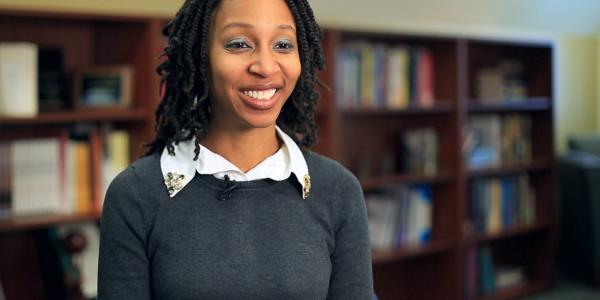
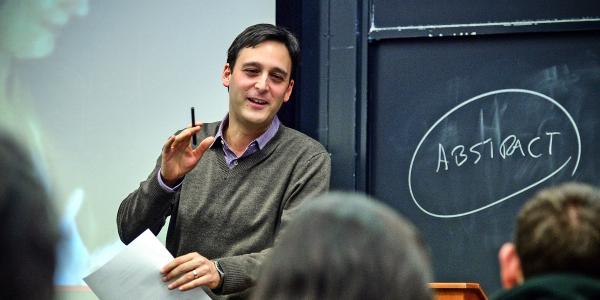
Our people are extraordinary.
Arts & Sciences has over 1,000 faculty and staff who utilize their diverse expertise in the pursuit of research breakthroughs, gaining a deeper understanding of the world's most pressing issues and serving as mentors of the next generation.
select honors from our faculty



search for faculty:


Quo-Shin Chi

Geoff Childs

Elizabeth C. Childs

Dino P. Christenson

Hea-Young Chun

Rebecca Chung

Amy Eisen Cislo

Yannick Coenders

Noah Cohan

Emily Cohen-Shikora

Adam Coleman

Caitlyn Collins

Erika Conti

Cassidy Cooley

Shelly Cooper

Rebecca Copeland
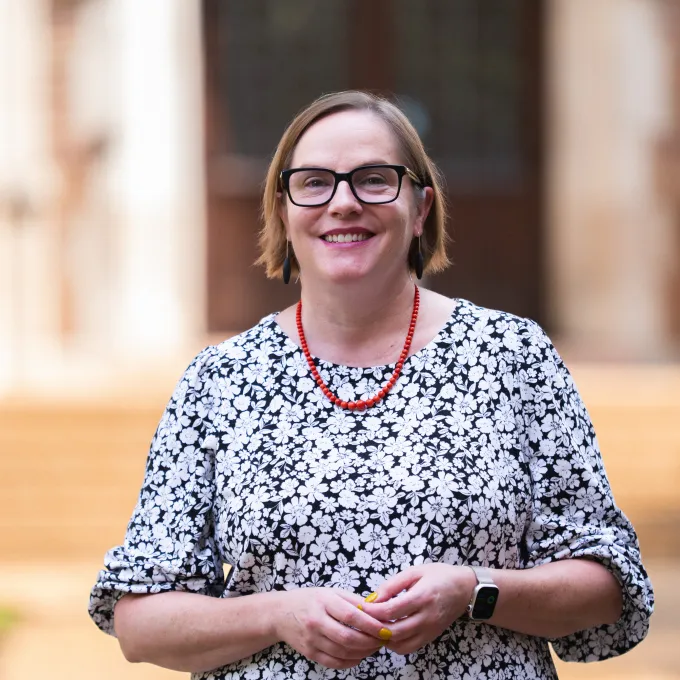
Becko Copenhaver

Ramanath Cowsik

Michael Crandol
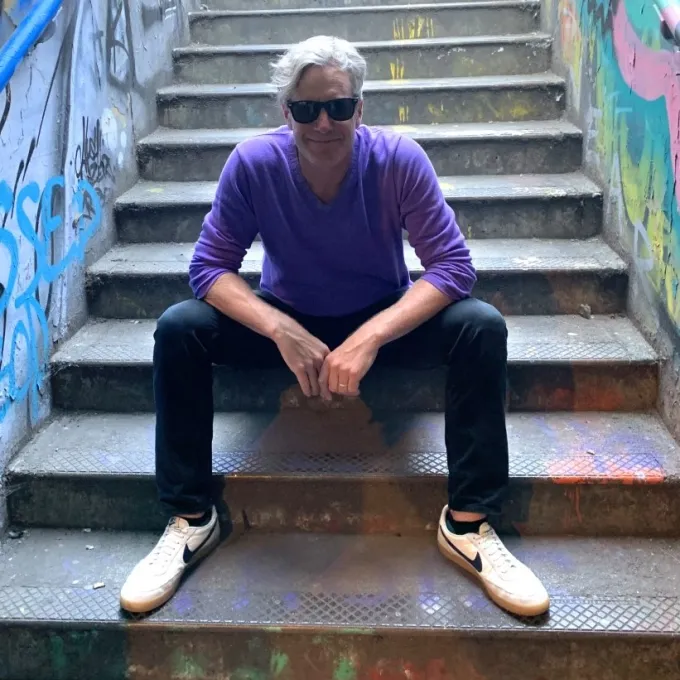
Carl F. Craver

Brian F. Crisp

Robert E. Criss

Tia Crook
Recent Faculty Grants & Awards
Taylor Carlson, assistant professor of political science in Arts & Sciences, has been awarded a Social Science Research Council Social Data Research Fellowship to study the extent to which user-generated content (i.e. comments) on social media platforms distorts information reported by mainstream news outlets. The fellowship comes with a $50,000 award.
See what our faculty are working on now
More from The Ampersand
What is the secret to healthy aging?
Want to age well? Researchers in psychological and brain sciences are exploring what helps people live better and longer.
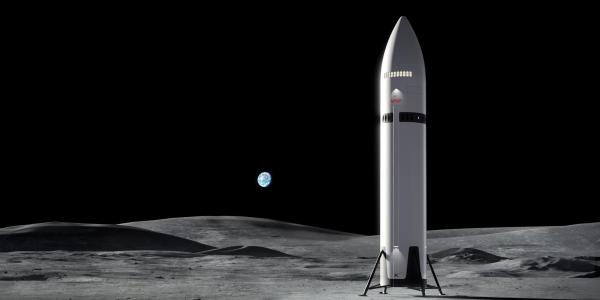
WashU tapped for key role in future Artemis Moon missions
The university’s designation as the lead data repository for the Artemis missions builds on a long and productive partnership with NASA.

